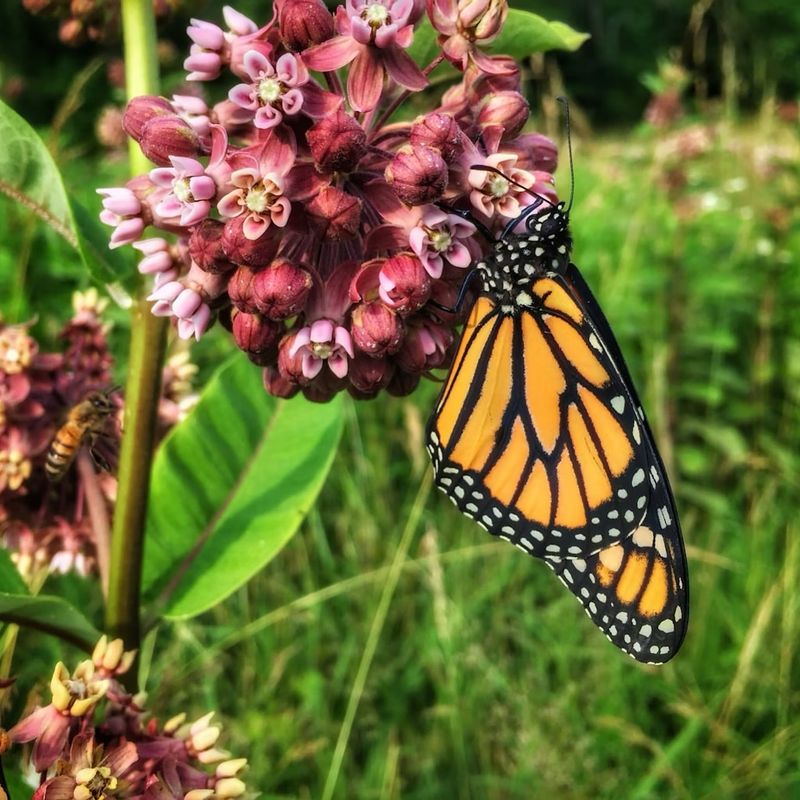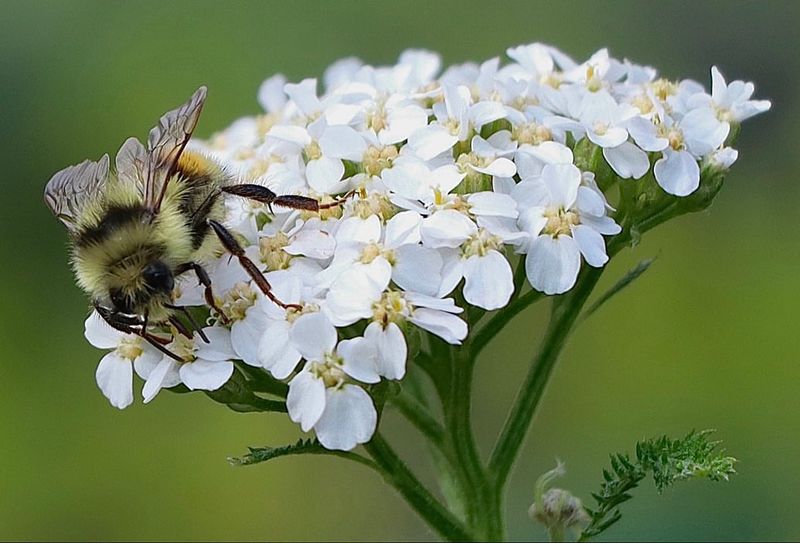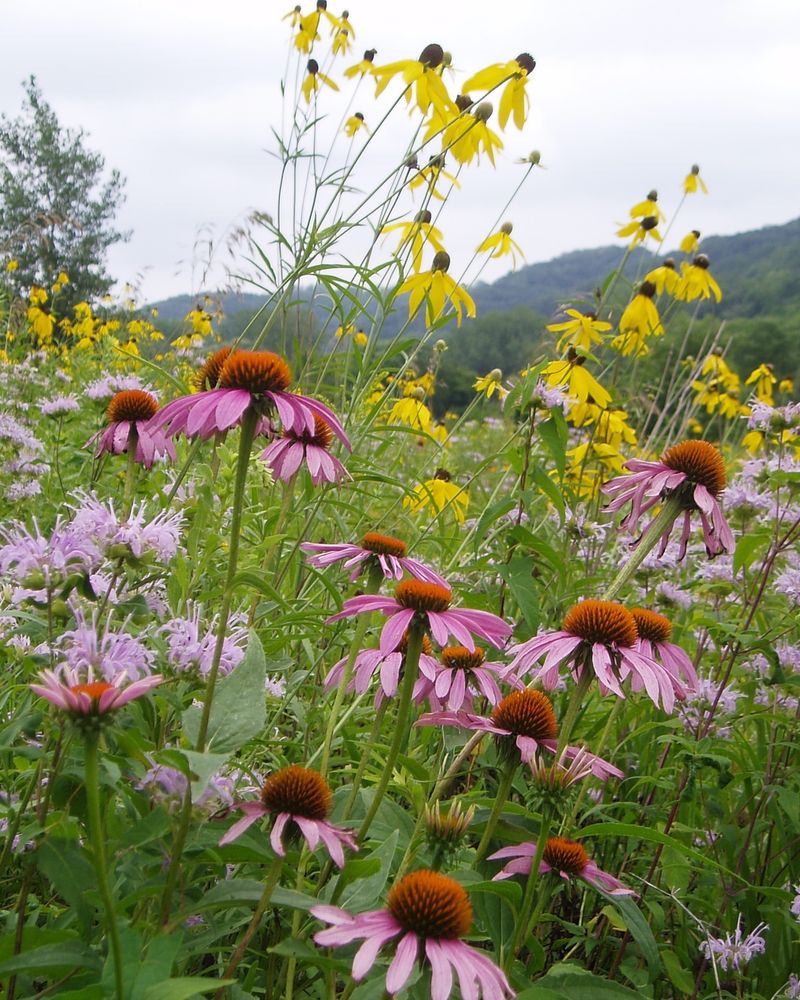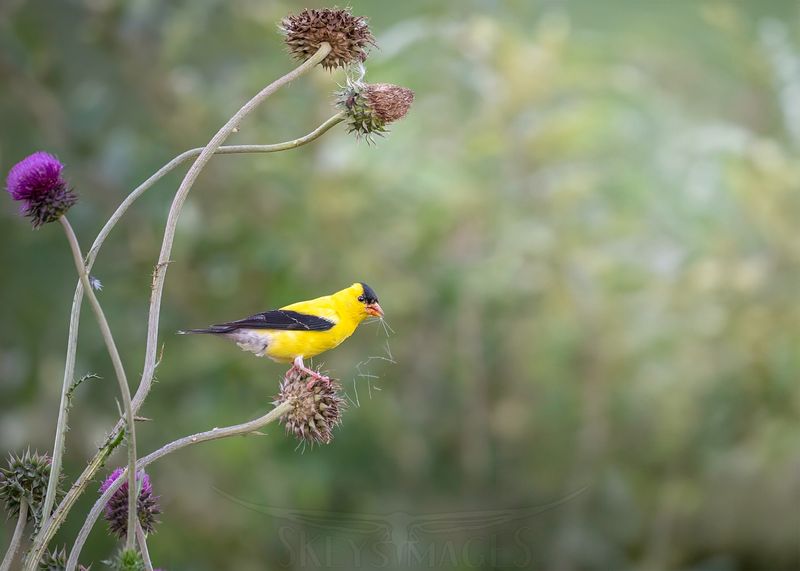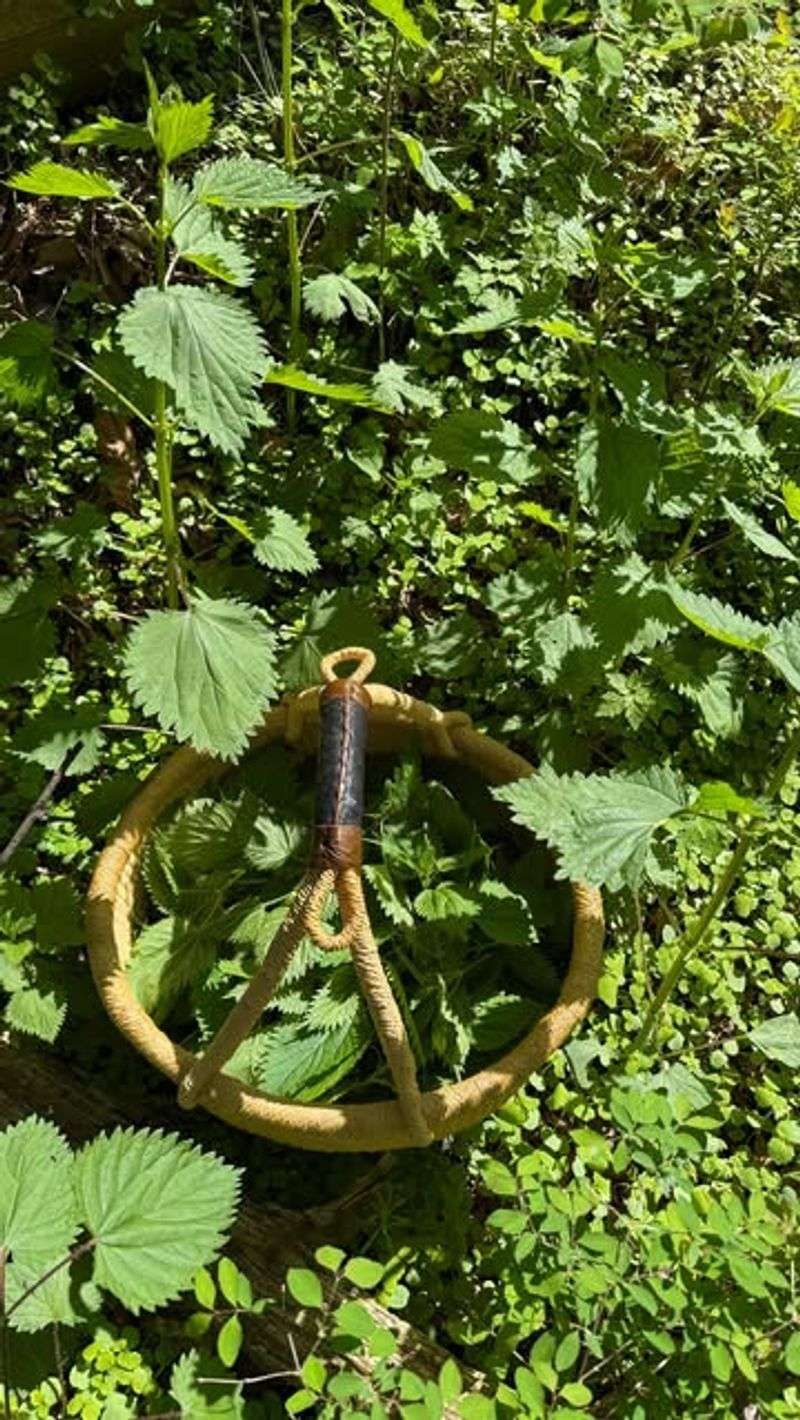Weeds get a bad rap in most gardens, but many native Midwest plants we call ‘weeds’ actually offer surprising benefits. These wild plants evolved alongside local insects, birds, and soil conditions for thousands of years.
Before reaching for the weed killer, consider saving a small corner of your garden where these resilient plants can work their natural magic.
1. Pollinator Magnets That Buzz With Life
Native ‘weeds’ like milkweed and goldenrod are pollinator powerhouses! Monarch butterflies depend on milkweed to survive, while goldenrod supports over 100 different butterfly and bee species. These plants evolved alongside local insects, creating perfect feeding stations that exotic garden plants sometimes can’t match.
In a back corner of your Midwest garden, these flowering weeds create a buzzing oasis that helps pollinate your vegetables and flowers too.
2. Free Soil Improvers Working Underground
Ever notice how dandelions pop up in compacted soil? Their long taproots act like natural aerators, breaking up tough dirt and bringing nutrients from deep underground to the surface. When dandelion roots die, they leave channels that help water soak in.
Many native weeds perform similar magic tricks, improving soil structure without costing a penny. A small patch of these deep-rooted plants can gradually heal poor soil in neglected garden corners.
3. Natural Pest Control Squadrons
Wild bergamot and yarrow attract beneficial insects that hunt garden pests. These native plants offer habitat to predatory wasps, ladybugs, and lacewings – nature’s pest control team! Growing a small patch of these aromatic weeds creates a home base for your garden defenders.
Unlike chemical sprays, these plants provide continuous protection as helpful bugs move between your weed patch and vegetable garden, munching problematic pests along the way.
4. Weather-Tough Plants That Never Give Up
Remember the drought of 2012? While garden favorites wilted, native plants like coneflower and prairie dropseed barely noticed. Their deep roots tap moisture far below the surface. Native weeds evolved through countless Midwest weather extremes, developing remarkable toughness.
A patch of these survivors in your garden’s harshest spot – that baking south-facing slope or windswept corner – stays green when exotic plants surrender. They’re living proof of nature’s clever adaptations.
5. Living Bird Feeders That Never Need Refilling
Goldfinches perform acrobatics on native thistle plants, plucking seeds with delight. Cardinals and juncos feast on seedheads from native grasses and wildflowers all winter long. Unlike traditional bird feeders, these living food sources never need refilling or cleaning.
A small patch of native seed-producers in a garden corner creates a natural bird sanctuary. Plus, you’ll enjoy watching the show as feathered visitors harvest their meals through changing seasons.
6. Medicine Cabinet Growing Right Outside
Plantain leaves make a quick poultice for insect stings. Purslane contains more omega-3s than many fish oils. Even dandelions offer edible leaves packed with vitamins. Many common Midwest weeds have traditional medicinal uses stretching back generations.
Learning to identify these plants connects us to ancestral knowledge. While modern medicine has its place, keeping a small patch of these useful plants provides fascinating learning opportunities and occasional practical remedies.
7. Erosion Fighters That Hold The Line
Got a sloping corner where soil washes away after every rain? Native weeds like prairie cordgrass and switchgrass develop massive root systems that can extend 15 feet deep! These incredible underground networks hold soil in place better than many landscaping solutions.
The dense growth above ground slows water runoff too. A strategic patch of these tough natives can protect vulnerable areas from erosion while adding texture and movement to your garden landscape.


